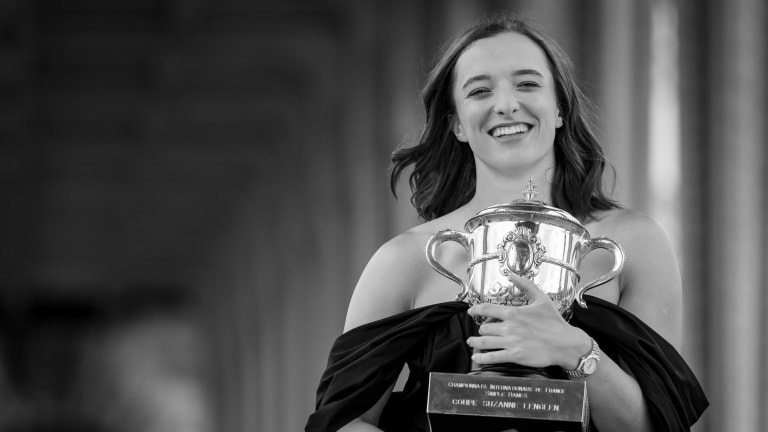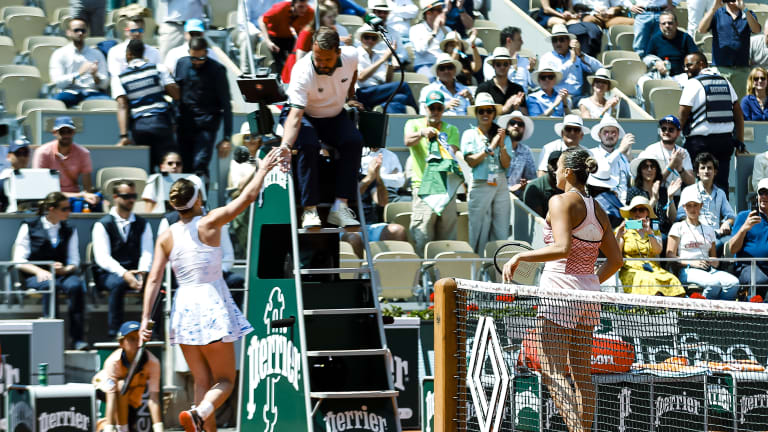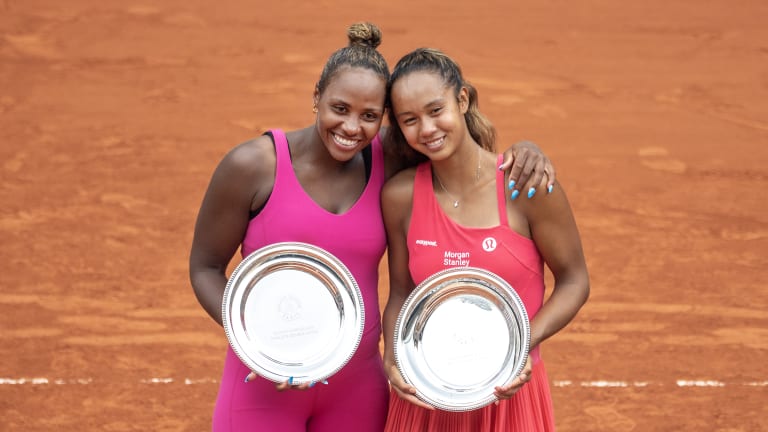A smorgasbord of talent and other stories: Checking in at the midpoint of the WTA season
By Jun 12, 20232025 Year In Review
WTA Match of the Year Honorable Mentions: Comebacks, marathons, anti-epics, and Sabalenka on the winning side
By Dec 13, 20252025 Year In Review
WTA Player of the Year, No. 4: Iga Swiatek
By Dec 10, 20252025 Year In Review
WTA Match of the Year, No. 5: Madison Keys topples Iga Swiatek in dramatic Australian Open semifinal
By Dec 09, 2025Facts & Stats
Most prize money in 2025: Aryna Sabalenka breaks single-season WTA record
By Dec 05, 2025Facts & Stats
Most wins in 2025: Carlos Alcaraz dominates leaderboard with sparkling 71-9 record
By Dec 04, 2025The Business of Tennis
Coco Gauff tops Sportico's highest-paid female athletes list for third year running; Sabalenka, Keys make major jumps
By Dec 04, 20252025 Best Viral Moments
The year of the messy handshake: Collins, Townsend, Ostapenko and more
By Dec 02, 20252025 Best Quotes
"Good luck" and goodbye? Iga Swiatek turns the tables on reporter after US Open exit
By Nov 30, 2025Ranking Reflection
Coco Gauff becomes youngest woman to finish in the Top 3 for three straight years this century
By Nov 27, 2025A smorgasbord of talent and other stories: Checking in at the midpoint of the WTA season
As the women's season hits halftime, Joel Drucker offers his take on the five prevailing themes of 2023 so far.
Published Jun 12, 2023
Advertising
Advertising

For Joel Drucker, Swiatek's win in the Roland Garros final was arguably the finest effort of what’s already a Hall of Fame-career.
© © Andy Cheung / ArcK Images / Getty Images
Advertising
Advertising

The war between Russia (and its ally, Belarus) and Ukraine took center stage in several matches at Roland Garros.
© Getty Images
Advertising

Fernandez and Townsend's run to the doubles final in Paris was a captivating story.
© Corbis via Getty Images